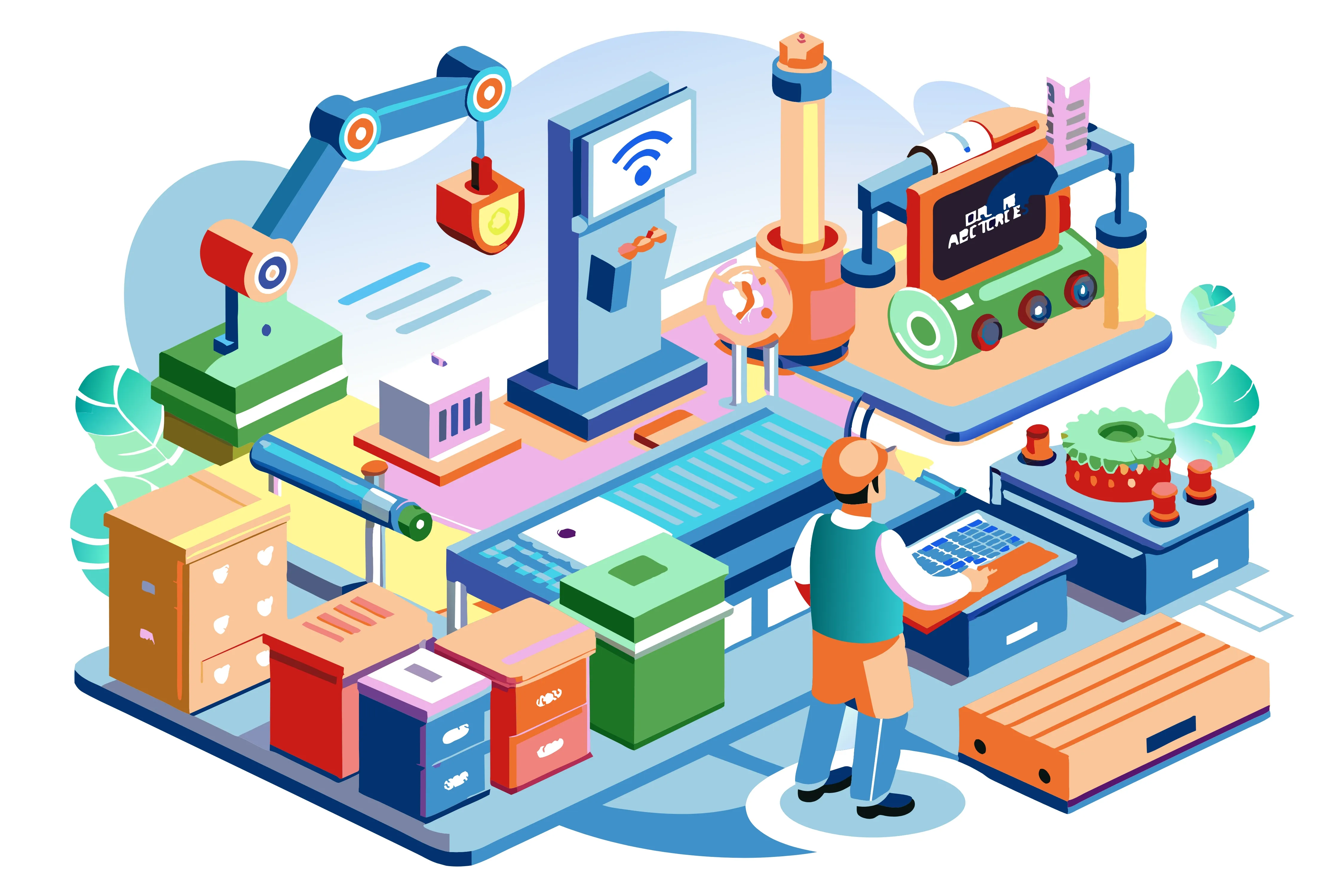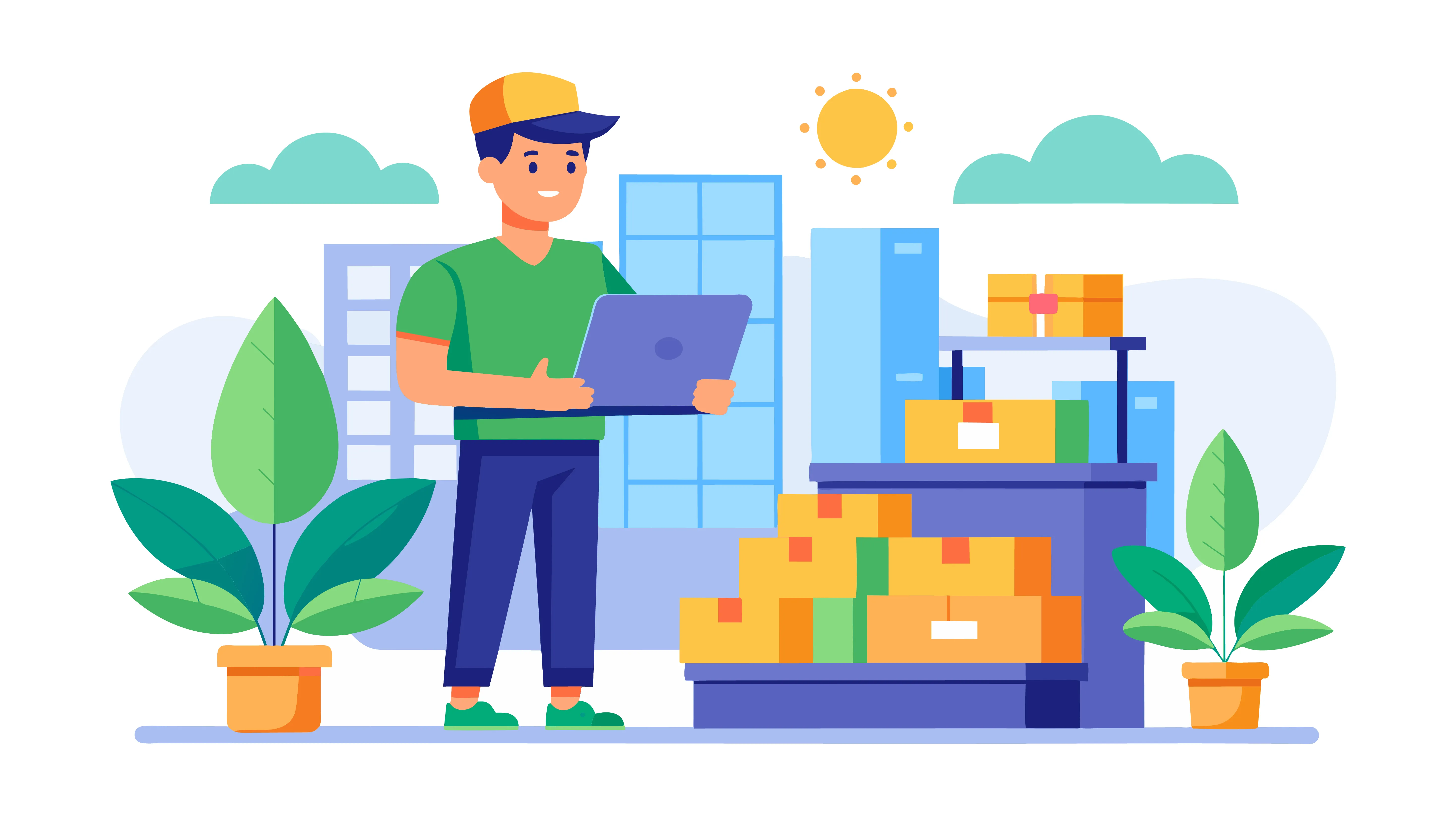Digital transformation is becoming a reality rather than an idea of the future in the quickly changing healthcare ecosystem of today. Pharmaceutical packaging is one sector that is seeing a lot of innovation. Once restricted to information display and basic protection, traditional packaging is now being improved with smart and digital technologies that allow it to function much beyond the shelf. In an age where telemedicine and patient-centric care are leading the way, digital packaging is essential for enhancing remote patient monitoring, health education, and prescription adherence. To support this, the Pharma Packaging & Labelling Forum organized by World BI brings together suppliers and manufacturers, enabling them to find the ideal partners for their packaging and labelling needs.
What is Digital Packaging?
The term "smart" or "digital" packaging describes how electronic parts, data carriers, or digital interfaces are incorporated into traditional product packaging. Digital packaging in the healthcare industry might include:
- NFC (Near-Field Communication) tags or QR codes.
- Chips for RFID.
- Sensors that are embedded.
- Mobile apps that are interactive.
- Features of augmented reality (AR).
These developments turn static packages into dynamic instruments for communication that may engage with patients and healthcare professionals.

Facilitating Remote Monitoring:
In the treatment of chronic illnesses, post-operative care, and senior care, remote monitoring has emerged as a critical component. Technologies for digital packing make this procedure easier in a number of ways:
Embedded Trackers and Sensors:
- Micro-sensors that track environmental factors including temperature, humidity, and light exposure are now found in certain pharmaceutical packaging.
- From the factory to the patient's house, these sensors make sure that medications that are sensitive to temperature stay within the proper range.
- The package may sound a warning for a replacement if temperature changes impair the medication's effectiveness.
- More sophisticated digital blister packs or pill bottles may monitor when the pills are taken out or when the containers are opened.
- Real-time adherence monitoring can be facilitated without the need for in-person visits by wirelessly transmitting this data to digital health platforms or healthcare professionals.
Digital Health Record Integration:
- Data about medicine use may be updated easily when smart packaging is connected to patient health records or mobile health apps.
- With the help of this integration, physicians may evaluate the efficacy of therapy, identify patterns of adherence, and promptly modify the care plan.
Improving Instruction for Patients:
A significant obstacle in patient care is making sure patients know how, when, and why to take their prescription drugs. Negative outcomes, decreased treatment effectiveness, or non-adherence might result from misunderstandings. There are new ways to provide individualized, interesting, and easily available instructional information thanks to digital packaging.
Augmented Reality with QR Codes:
Patients can access a multitude of audiovisual content by utilizing an AR-enabled app or scanning a QR code, such as:
- Videos that teach correct dose, how to use an inhaler, or how to inject.
- Interactive illustrations of the drug's physiological effects.
- FAQs addressing typical issues raised by patients.
- Options in many languages for increased accessibility.
For patients who have trouble seeing small type on labels, such as those who are old, visually handicapped, or unfamiliar with digital technology, this method is very helpful.
Customized Electronic Flyers:
- Conventional printed pamphlets are frequently ignored and might be intimidating.
- Delivering customized information depending on a patient's demographics, language, medical history, and even treatment stage is made possible by digital packaging.
- This individualized approach improves understanding and participation.
Enhancing Compliance:
One of the key factors that determines the effectiveness of treatment is medication adherence. According to estimates from the World Health Organization (WHO), over half of patients in affluent nations with chronic illnesses do not take their prescription drugs as directed. This issue is addressed by digital packaging's several features:
Reminder Alerts and Timers:
- When it's time for a patient to take a dosage, smart pill bottles and packs can notify them visually, audibly, or through an app.
- If dosages are missed on a regular basis, more sophisticated systems can escalate reminders via text or phone calls.
Gamification and Motivation:

- Gamification strategies may be used via mobile applications that are connected to digital packaging to promote adherence.
- When patients take their prescription regularly, they may earn badges, points, or health insights. Interactive incentives can boost motivation and engagement in kids and teenagers.
Notifications for Providers and Caregivers:
- Digital packaging can alert caretakers or medical personnel when a dosage is missed with the patient's permission.
- In order to ensure that action can happen quickly when necessary, this can be very helpful for managing care for elderly or cognitively challenged people.
Examples of Cases and Industry Acceptance:
Numerous IT and pharmaceutical firms have started investigating and putting digital packaging technologies into practice:
- Ingestable sensors that detect intake and transmit data to mobile applications were created by Proteus Digital Health and placed in pills.
- Amiko provides linked packaging and smart inhaler attachments that monitor consumption and provide physicians with adherence results.
- Smart pill dispensers made by MedMinder may lock and unlock according to schedules and alert caretakers in the event that a dose is missed.
- These developments are enhancing results in practical contexts; they are not only theoretical.
Challenges and Considerations:
Adoption of digital packaging has challenges despite its benefits:
- Cost and Scalability: Adding digital features raises production costs, which may prevent broad use.
- Data Security and Privacy: Strict adherence to data protection laws (such as GDPR or HIPAA) is crucial when it comes to the transmission and storage of health data.
- Patient Usability: To guarantee widespread acceptance, particularly among older populations, digital elements must be simple to use and intuitive.
- Regulatory Approval: Product releases become more complicated when every digital element that affects patient care needs regulatory permission.
Future Prospects for Digital Packaging:
- Digital packaging will continue to develop from an avant-garde fad to a commonplace procedure as healthcare gets increasingly individualized.
- Its capabilities will be further enhanced by integration with wearable technology, artificial intelligence (AI), and the Internet of Things (IoT).
- In addition to monitoring and reminding, we could see packaging that learns from patient behavior and makes adjustments to maximize results.
- To create scalable, safe, and user-focused solutions, pharmaceutical firms, packaging technologists, and digital health entrepreneurs must work together.
- The end outcome will be a healthcare system in which packaging functions as a link between the patient, technology, and therapy rather than merely as a container.
World BI Pharma Packaging & Labelling Conferences:
Digital packaging signifies a change in perspective regarding medication, transforming it from passive carriers to active collaborators in the provision of healthcare. Through technologies that facilitate remote monitoring, improve patient education, and increase adherence, patients and clinicians may work together to provide better, more effective treatment. As digital health continues to grow, smart packaging will play a crucial role in the patient-centered, technologically advanced healthcare environment. Exclusive gatherings are organized by the Pharma Packaging & Labelling Conference, which provides a platform for distinguished leaders, Artwork Professionals, and Industry experts from different companies to come together with the common goal of promoting worldwide knowledge.
For more information, kindly visit World BI.